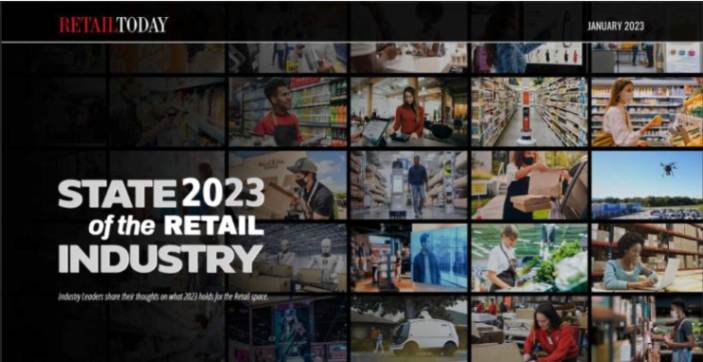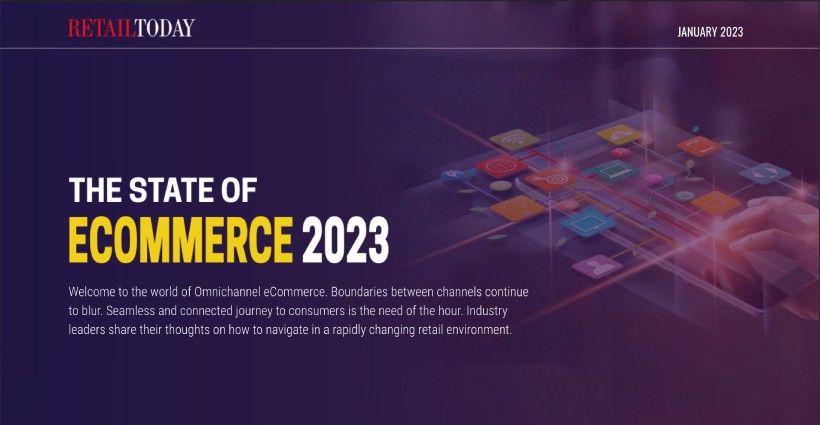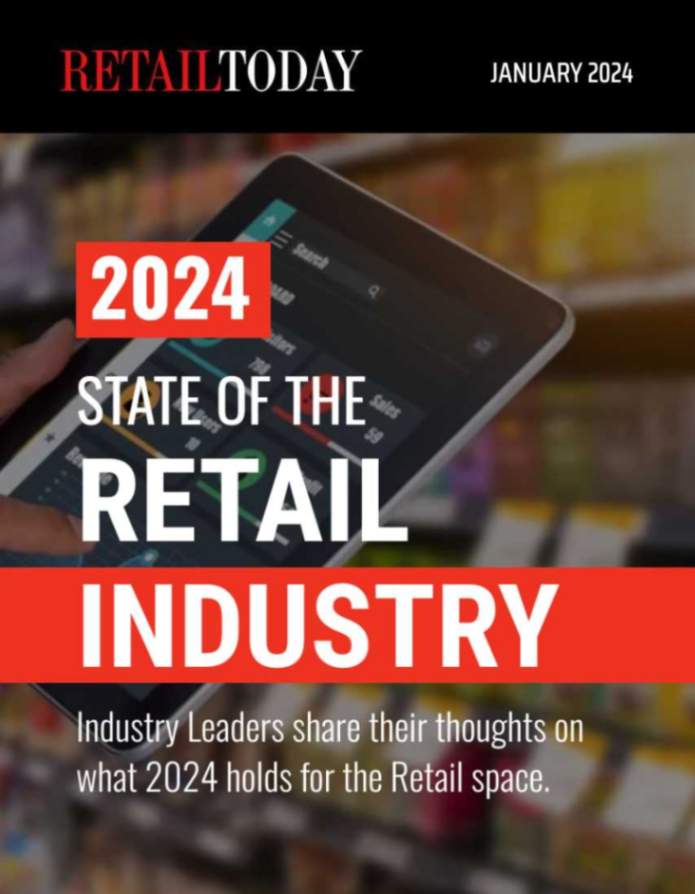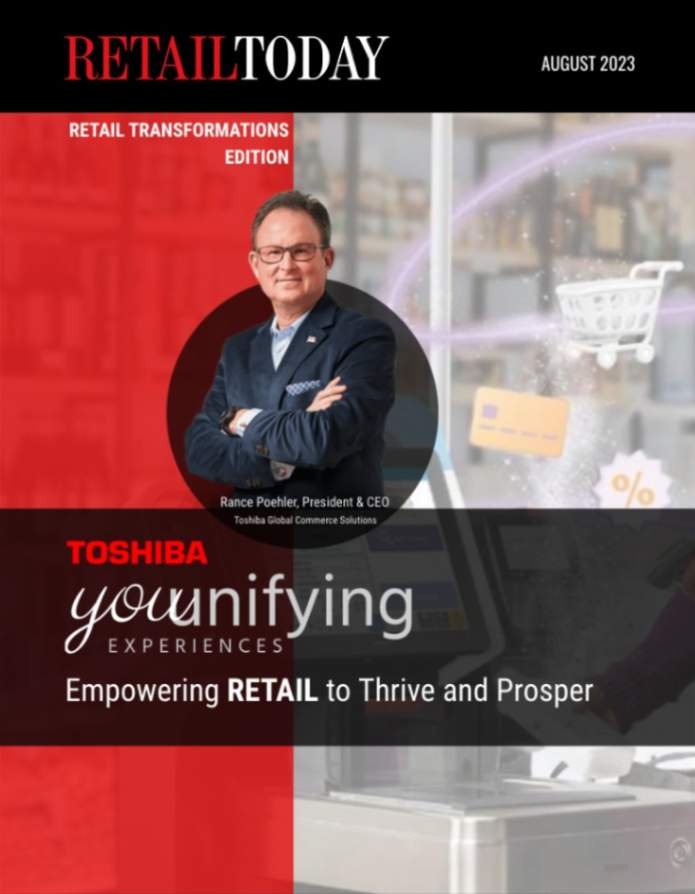
Let me start with what I consider to be of the best definitions of loyalty in retail. It was shared with NRF attendees in January 2022 by John Furner, President and CEO of Walmart U.S. “Loyalty in retail is the absence of something better.” His words unveil a cruel message: we, the customers, are disloyal by nature.
Are we to infer then that, whatever retailers and brands do, if there is a better option available to customers, they will go for it? This is a risky statement in a context where the size of the global loyalty management market was valued at $5.29 billion in 2022 and is forecasted to grow to $28.65 billion by 2030, according to Fortune Business Insights. Retailers are investing, and are expected to continue to invest, a significant portion of their budgets in loyalty programmes. According to Gartner, one in three companies that do not have a loyalty program today will establish one by 2027 to underpin first-party data collection and retain priority customers.
It is more than proven that loyal customers are profitable and the probability of selling to an existing customer can be up to 14 times higher than selling to a new customer, that increasing customer retention by a small percentage can increase profits significantly and that most customers say (when asked) that they prefer companies that offer rewards. However, there are also statistics that show that a high percentage of customers (up to 75%, depending on the survey and their age segment) would switch brands for a better loyalty programme. A better option. Disloyal again!
Are we all creating a dangerous spiral of rewards that causes the bar of customer expectations to continually rise and therefore the marginal costs of loyalty actions to increase while the impact decreases? This would be a dreadful scenario, as retailers desperately need loyal customers.
It’s almost impossible to separate the loyalty program impact on customer behaviour from the rest of the retail offer component: products, price positioning, store experience, connexion with the staff, available services, past experiences, etc. According to a Deloitte global survey, price and quality were individually cited as top-three purchasing criteria anywhere between 61% and 86% of the time. Retailers can test which loyalty actions work better than others, but it is risky to extrapolate that they work in isolation as everything counts.
The very definition of “loyal” (faithful to those persons, ideals, etc., that one is under obligation to defend, support, or be true to) expresses the complexity associated to its nature. Loyalty is about past experiences and also with future expectations. It’s about both concrete and soft elements, such as shared values or feeling cared for; all these pieces and their respective importance are constantly changing. And it’s not just about what happens within the walls of each retailer; it is also about what competitors and others are doing, this is when the “better option” comes into play. Yes, it sounds like mission impossible.
Just as getting married does not ensure the initially expected “till death do us part,” having a reasonable percentage of loyal customers no longer ensures anything. Every retailer must be alert on a daily basis and act continuously. The more time and effort (and money) retailers invest in understanding customer behaviours (and not only customers opinions, as there is a clear gap between the two and both are needed) the closer they will come to understanding why and when they act loyally. Of course, this cannot be done at the “global” customer level and is impossible to manage at the individual customer level; what is then the right “in between” level? What are the customers groups to prioritize if necessary? These questions are key and need to be clearly stated. It’s curious how much customer data retailers own and how difficult it has proven to be creating a good understanding on how to keep them loyal.
Technology opens up a wide spectrum of possible loyalty actions (NFTs as one of the last fuzzy ones) and all of them could be valid options – or not, but who dares to say. Knowing why customers care is only the beginning, but it’s the right beginning.
Miriam Molino is Stibo Systems‘ Head of Global Retail Practice. Miriam brings deep expertise in retail after more than 25 years in the industry; as a consultant serving retail Corporations in multiple strategic and operational initiatives, and as well as part of the industry as she has worked for one of the biggest retail companies in Spain going through a massive digital transformation. At Stibo Systems, Miriam is reinforcing the company focus and value orientation towards retail clients.






